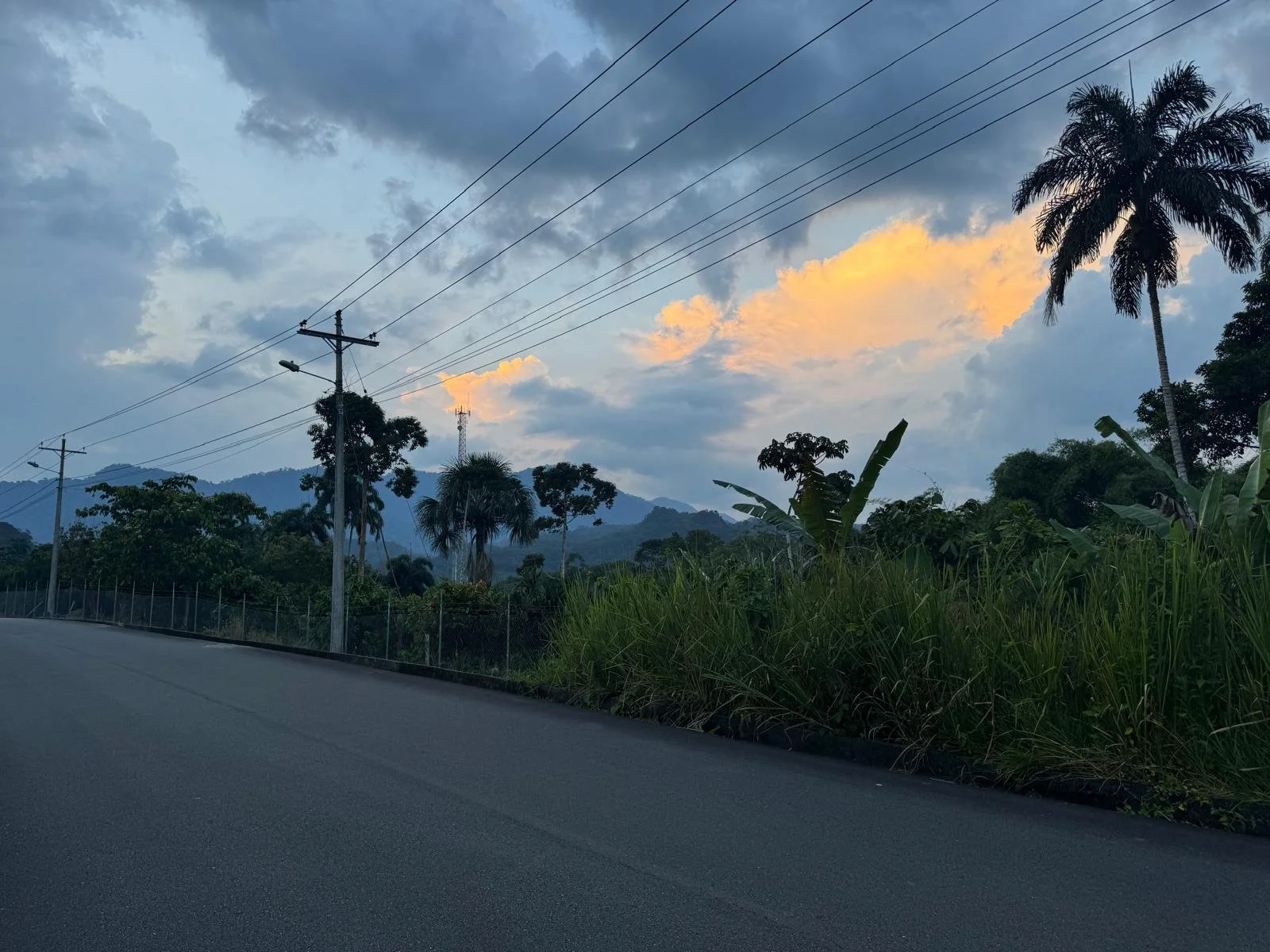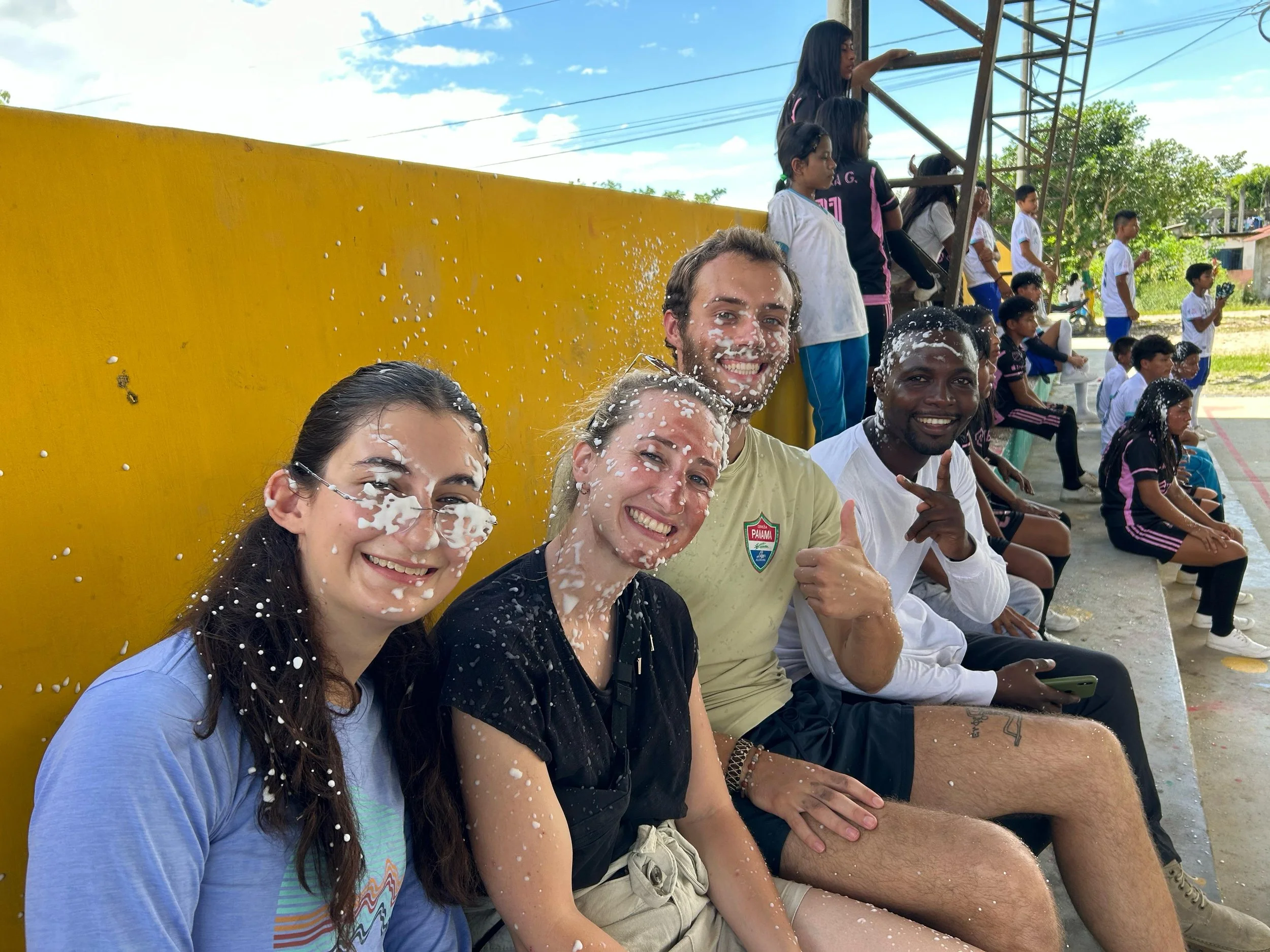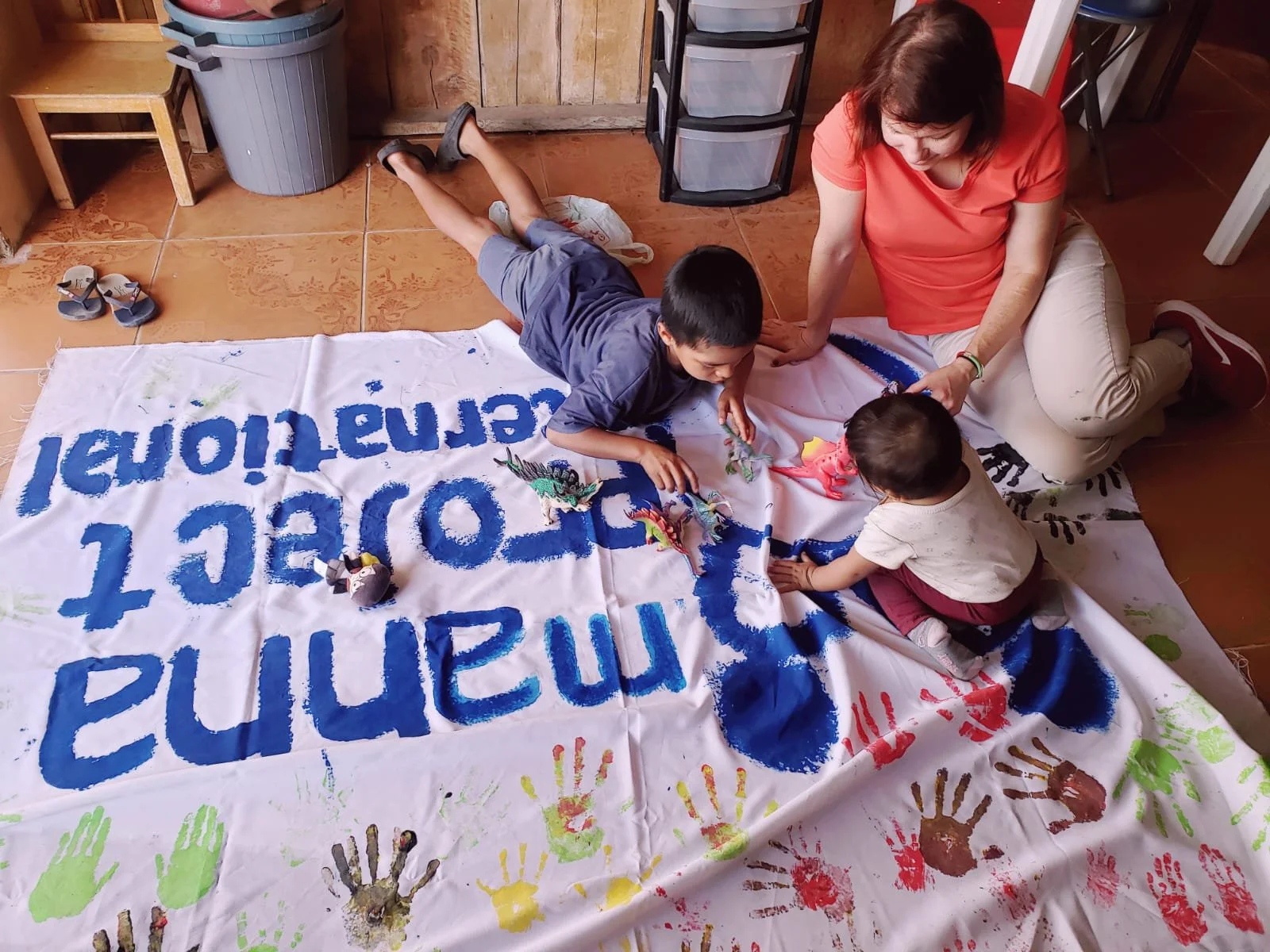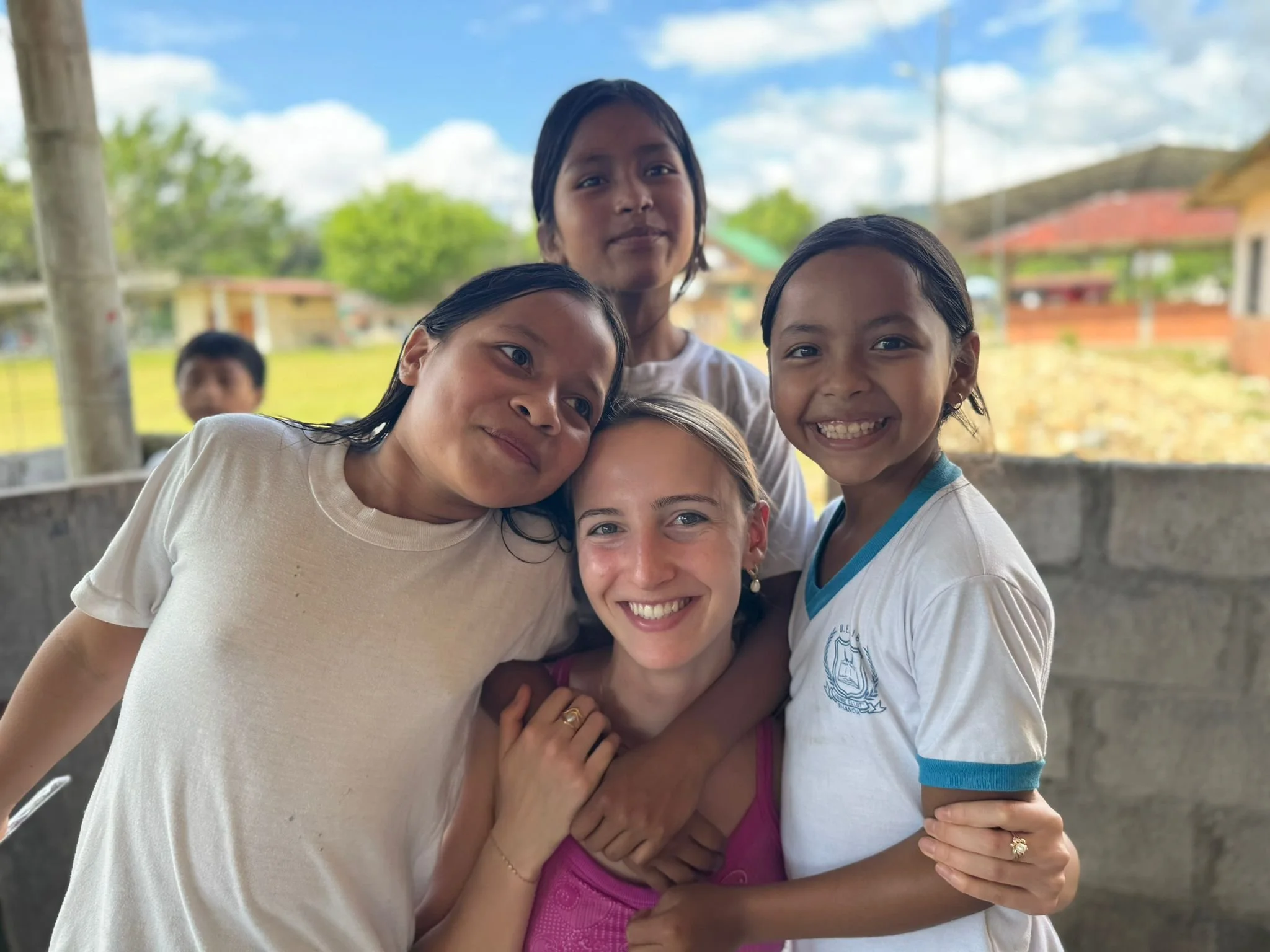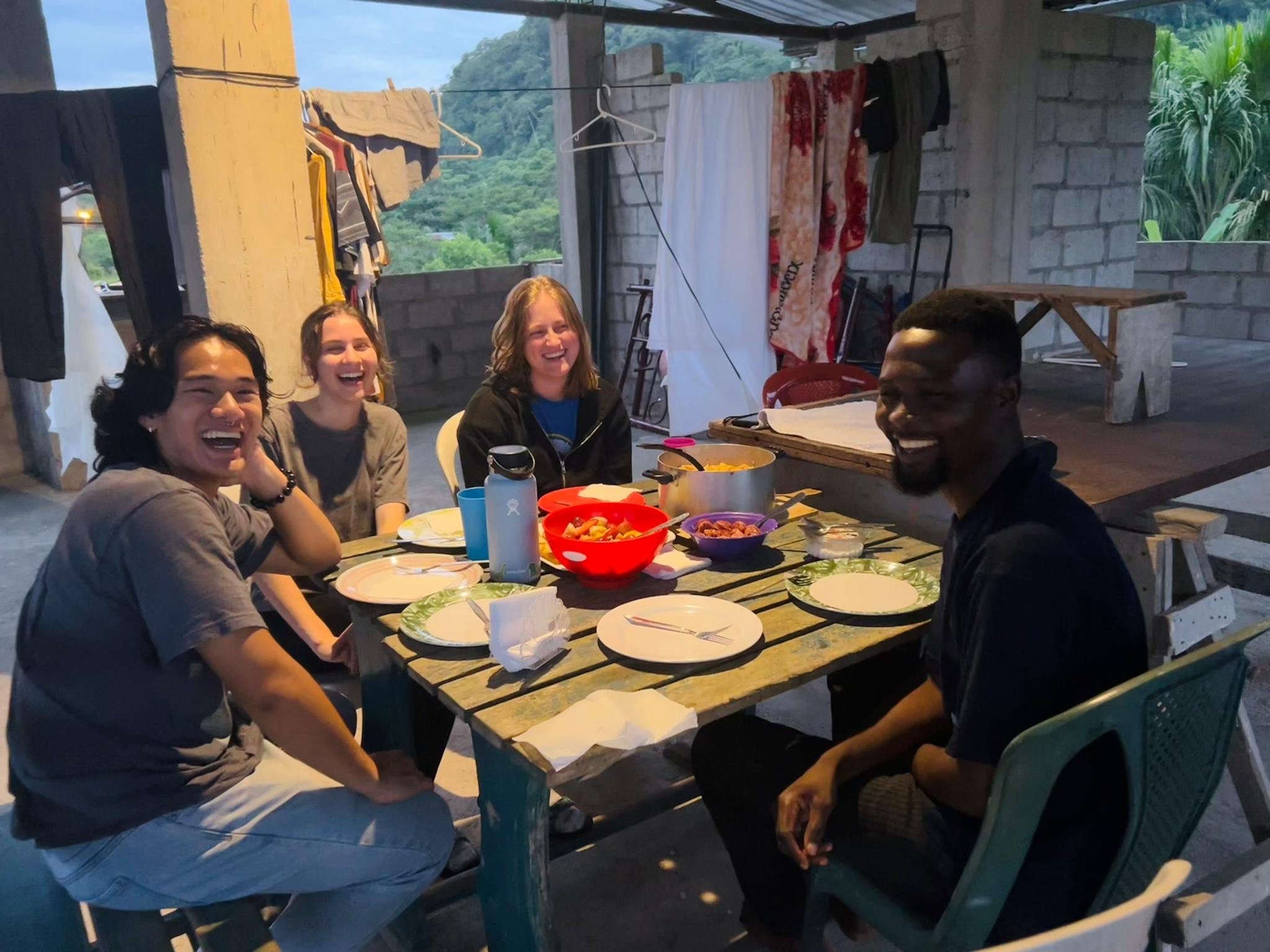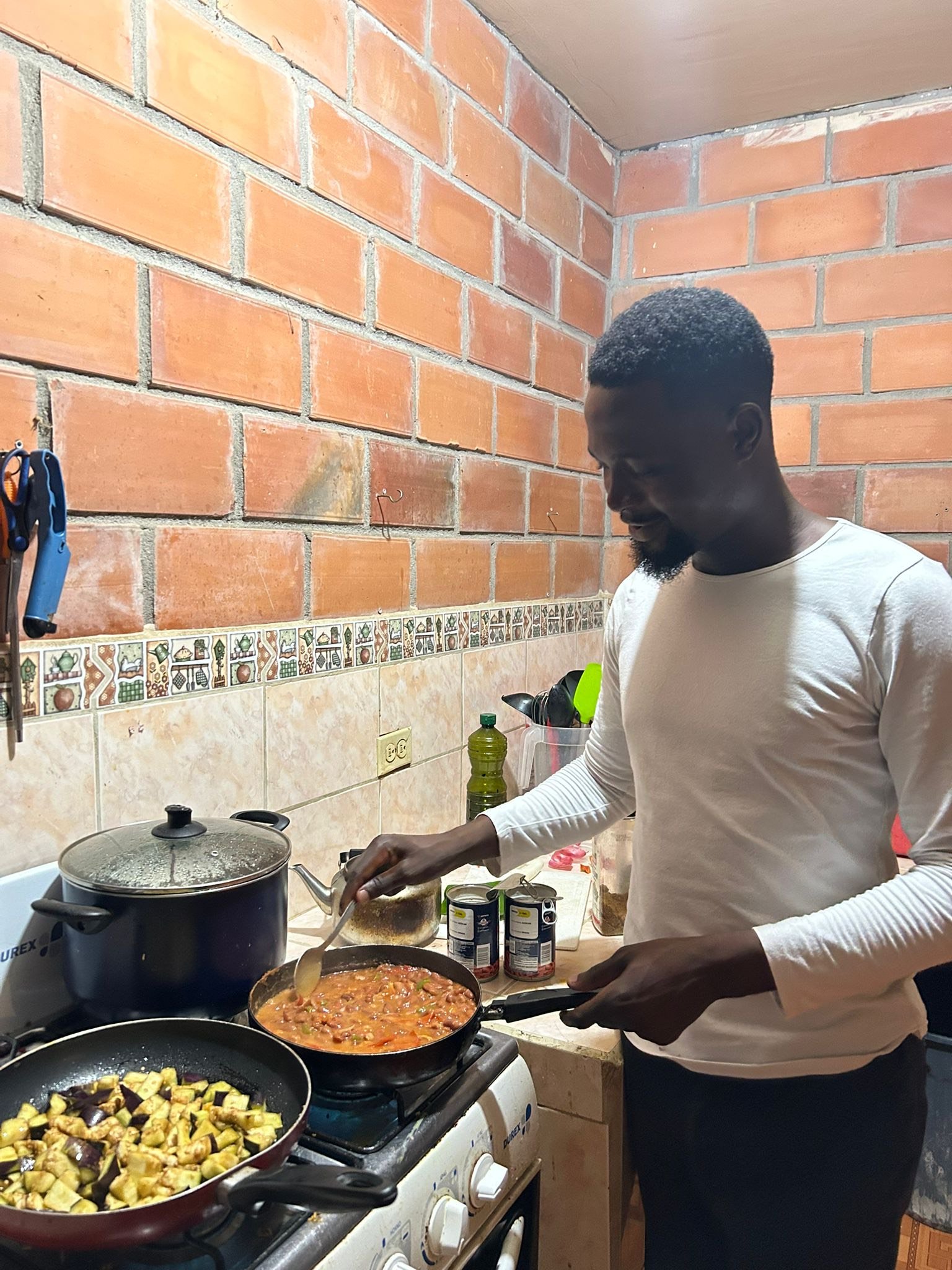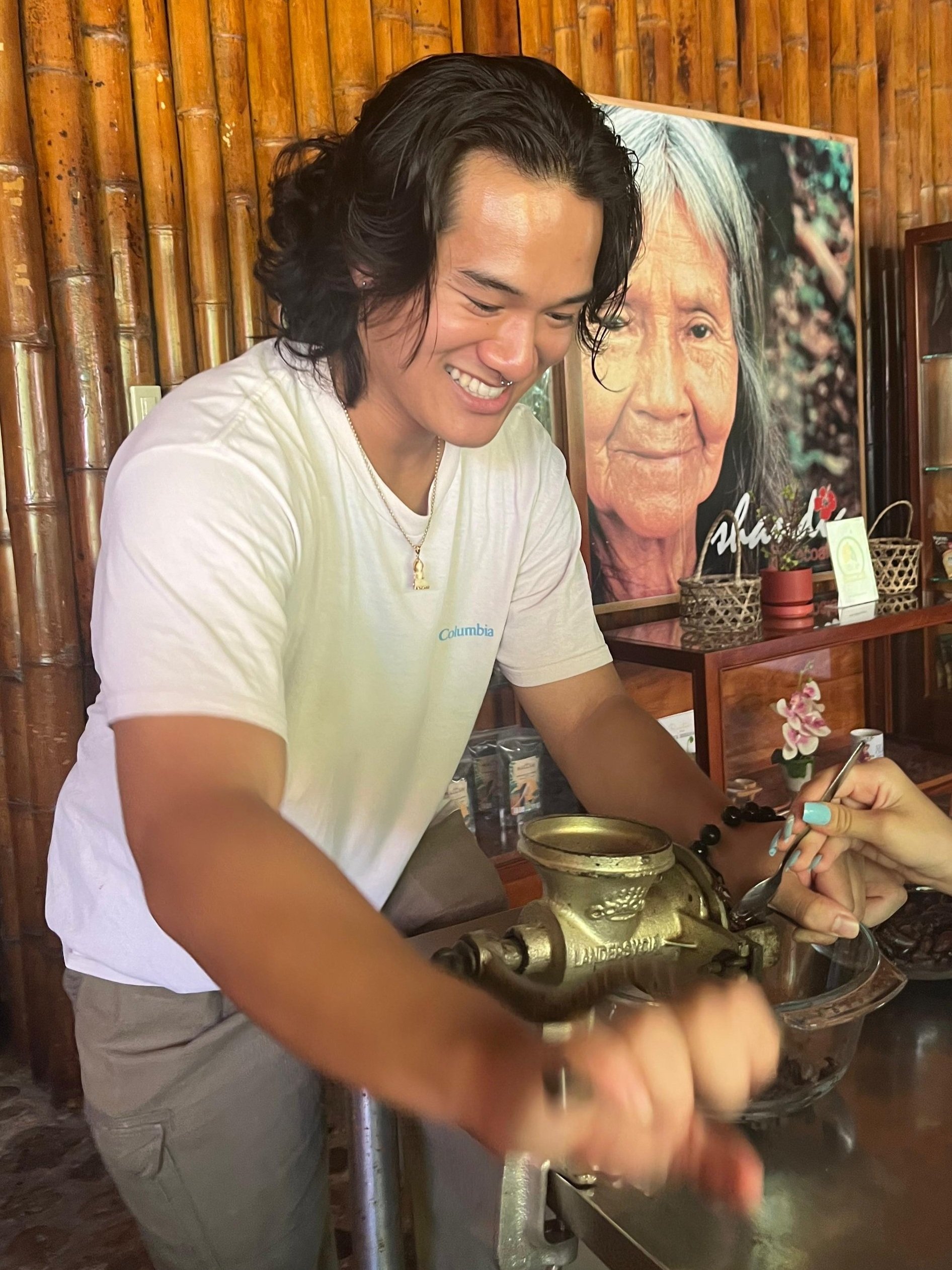A Taste of the Amazon: My Favorite Foods and Drinks in Ecuador
By: Luke Simcox, Program Director ‘24-’25
Since I first arrived in Ecuador three months ago, I have had the opportunity to try many new foods and drinks for the first time. As someone who loves trying new foods, this has been one of my favorite parts of my stay these last few months. In this blog post, I would like to highlight some of my favorite local foods of the Amazon.
One of the biggest surprises was getting to try all of the fruits that I had never seen before in my home country, the United States. First, plantains are super popular and included in many local dishes. For example, it is included in the typical breakfast called “majado”. During a two week homestay I spent with a family in Shandia, I ate majado multiple times and enjoyed it every time. Plantains are also used to create chucula, a drink that is frequently mixed with milk. Its sweetness made it an instant hit in my mind. I also got to try cacao, passion fruit, naranjilla, soursop, and guava for the first time.
When I was living in my homestay, my family went to retrieve guava from a tall tree. One of the sons climbed up the tree and used a large stick to knock the guava to the ground. It was a very memorable experience for me, since I had never seen someone climb such a trall tree nor eaten guava.
I also tried cassava for the very first time. Called “yuca” in Spanish and “lumu” in Kichwa, it is a staple in Kichwa cuisine and present in a wide variety of dishes. Its texture reminds me a bit of a starchier baked potato. It is also on the side when I order maito de tilapia, another typical dish. To prepare this dish, the cook roasts the fish inside a tent of maito leaves, giving it a distinct flavor. It is then served with salad and cassava. Unlike the United States, fish here is always served with the skin, head, tail, and bones intact.
One of my favorite new beverages is called guayusa. It is made from the leaves of a type of holly tree, and also contains caffeine. I find it quite tasty, and once accidentally drank a bit too much. I ended up feeling quite jittery for a few hours. These are just some of my favorites, but I have also tried many other foods and drinks.
Interested in becoming a Program Director? Learn more here.

